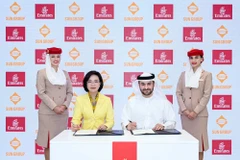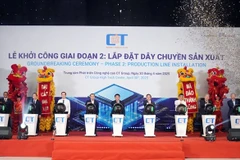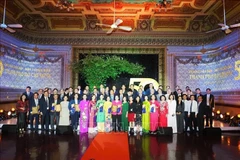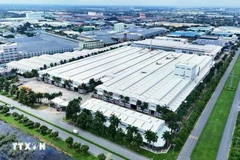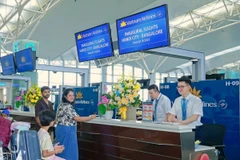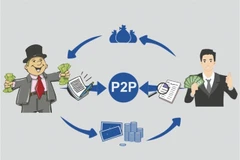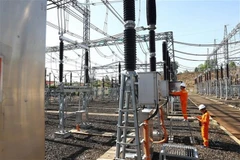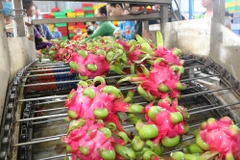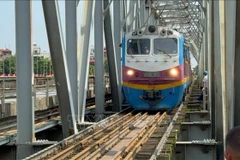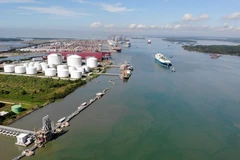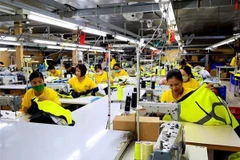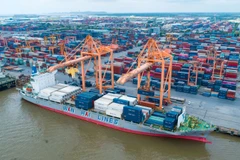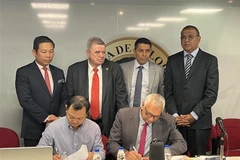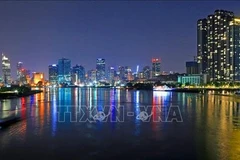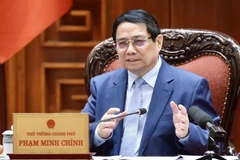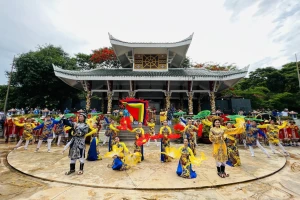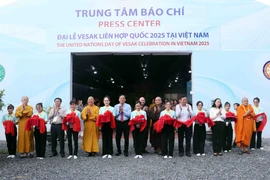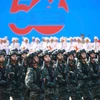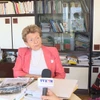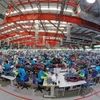A recent projection by McKinsey & Company has indicated thatby 2027, Vietnam's PFA market will reach approximately 600 billion USD, growingannually at a rate of 11% from its 2022 baseline of around 360 billion USD.This growth encompasses a significant increase in managed wealth assets withinthe industry, presenting an estimated additional 65 billion USD to 75 billionUSD in opportunities for institutions. These opportunities are poised for equaldistribution across both affluent and high-net-worth individual (HNWI)segments, making it a tantalising prospect for wealth management providers.
In recent years, the financial markets in Vietnam have evolvedsubstantially, driven by more liberalised financial market regulations and theincreasing demand for wealth management solutions. Vietnamese regulators havebeen proactive in recognising the growing appetite for investment opportunitiesand have taken measures to facilitate easier access to investment solutions.
This trend is expected to gain further momentum as the Vietnamesegovernment rolls out its financial development plans through 2030, with aparticular emphasis on financial market regulation and the expansion of thedebt market which aims to account for approximately 65% of the GDP.
To harness the full potential of Vietnam's wealth managementmarket, institutions are gearing up to navigate the opportunities that lieahead. They are strategically positioning themselves to serve a diverseclientele spanning mass-market, affluent, and HNWI segments. The marketlandscape now features four primary archetypes of firms: local commercialbanks, global or regional banks with a local presence, independent portfoliomanagement companies, and insurers. Additionally, wealth-focused fintechcompanies are beginning to disrupt the industry.
According to McKinsey’s research, despite the tremendouspotential, Vietnam's wealth management sector faces certain challenges.Customers often grapple with mistrust in financial institutions, fueled byconcerns over self-serving agendas and hidden charges. They yearn for tailoredsolutions that align with their unique financial goals, rather thanoff-the-shelf offerings. Relationship managers are perceived as lacking theskills and market knowledge to understand customer requirements fully.
Furthermore, institutions predominantly focus on physical customerengagement, despite the growing preference for digital or hybrid models amongcustomers.
Within financial institutions, regulatory restrictions posechallenges as they seek to directly distribute investment solutions. Talentgaps in the industry hinder customer acquisition and engagement, while outdateddigital infrastructure hampers the effectiveness of relationship managers.
To seize the wealth management opportunity in Vietnam, financialinstitutions are suggested to adopt specific operating models tailored toaffluent and HNWI customers. Key steps include data-driven customersegmentation, offering bespoke products and solutions, defining clear customeracquisition channels, revamping service models, establishing rigorous advisoryframeworks, providing digital tools, addressing talent gaps, and fosteringstrategic partnerships.
Meanwhile, to capture the affluent customer market, financialinstitutions should focus on specific details. Affluent customers preferstraightforward, practical banking, credit and wealth solutions rather thancustom-made ones. They seek high-value credit cards, special pricing on certainfinancial products, global money transfers, and essential business bankingservices like payment processing. For investments, they want simple solutionsthat help them achieve life goals like owning a car, improving their homes,saving for their children's education, or planning for retirement. To win overthese customers, banks should use data-driven strategies, build adigital-hybrid service model mixing remote and digital channels, and offerportfolio-based advisory services guided by the Chief Investment Officer(CIO)./.





